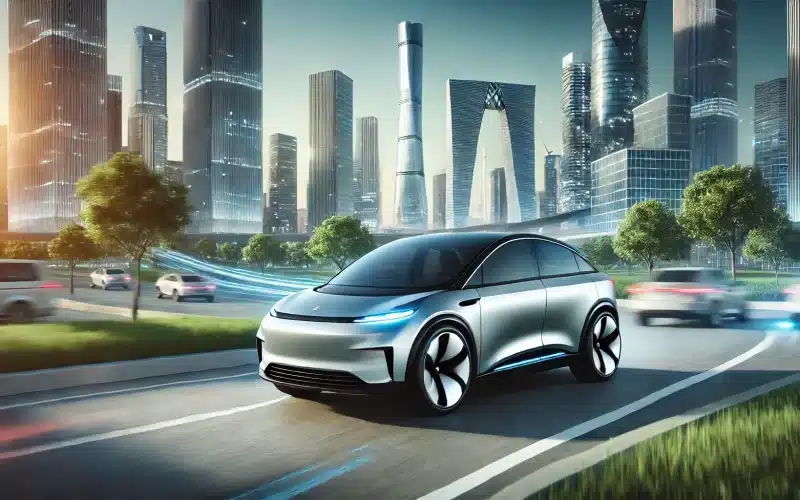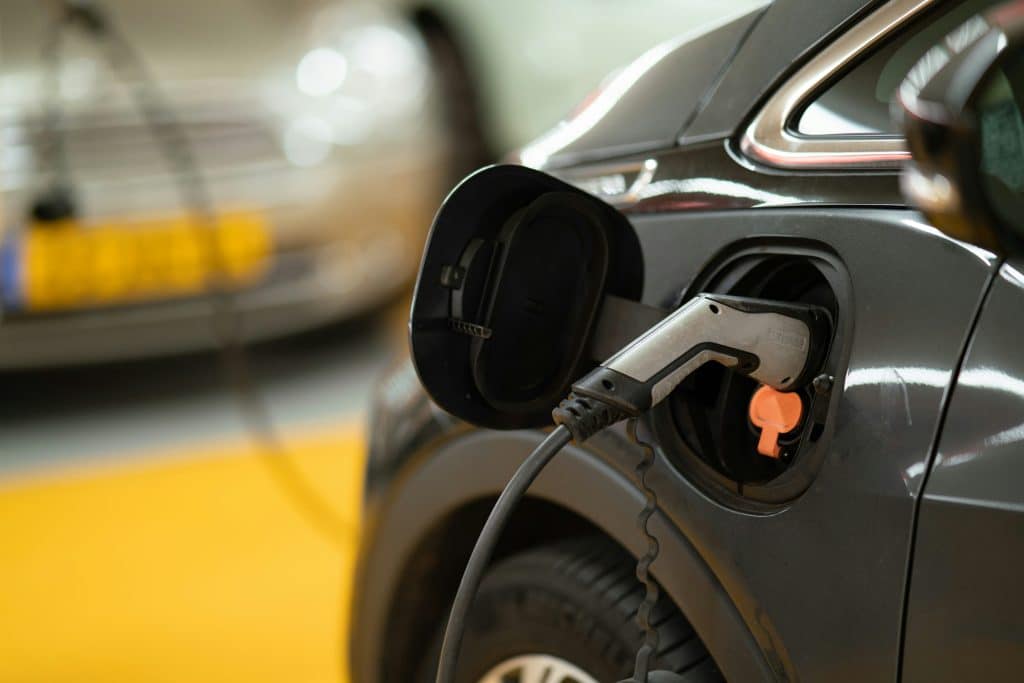
The adoption of electric vehicles (EVs) in Europe has been growing rapidly over the past decade, driven by stringent environmental regulations and increasing consumer awareness of climate change. However, this growth is not without its challenges. Several factors contribute to the slower-than-expected adoption of EVs, which include high costs, limited infrastructure, technological barriers, and economic uncertainties.
Add to this that the EU reached for instance an agreement with Germany on March 25 to revise the planned 2035 ban on combustion-engine vehicles. The agreement allows for the continued sales and registration of internal-combustion engine (ICE) vehicles post-2035, provided these vehicles operate exclusively on carbon-neutral fuels, commonly known as ‘e-fuels.’
So, things are not going so smoothly.
European Context
Within Europe, the production of electric vehicles is increasingly shifting to Asian countries, mainly China, due to lower production costs. Additionally, the infrastructure for charging electric vehicles is still inadequate. Charging an electric vehicle takes significantly longer than refueling a gas or diesel car.
Over the past decade, electric vehicle sales in Europe have grown a lot but have also faced fluctuations due to various external factors. In 2022, EV sales in Europe reached nearly 3.2 million, marking an almost 20% increase from the previous year. However, the phase-out of subsidies, such as those for plug-in hybrid electric vehicles (PHEVs) in Germany, slowed growth in some regions.
In short, the electric car is not meeting sales expectations. For example, Mercedes-Benz has already adjusted its sales targets, and Stellantis (which includes brands like Peugeot, Citroën, Fiat, and Opel) temporarily closed a factory in Italy.
Consequently, many manufacturers are shifting back to producing more traditional vehicles with (albeit increasingly less polluting) combustion engines.
Slow Adoption
The adoption of EVs has been slower than expected. Various factors contribute to this sluggish growth, including high purchase costs, limited charging infrastructure, range anxiety, and economic uncertainties. These hurdles need to be addressed comprehensively to accelerate the transition to electric mobility and realize its environmental benefits. Below we discuss the difficulties hindering the widespread adoption of EVs in Europe.

High Purchase Costs
One of the most important barriers to EV adoption in Europe is the high initial purchase cost. Most electric vehicles are priced at €40,000 or more, making them less accessible to the average consumer. Even with government subsidies and incentives, such as the ecological bonus in France that provides up to €5,000, the financial burden remains considerable. This high cost positions EVs as luxury purchases, limiting their mass market appeal.
Limited Charging Infrastructure
The availability of charging stations is another critical challenge. Although countries like Norway and the Netherlands have extensive networks, many parts of Europe lag behind. The scarcity of charging stations, especially in rural areas, exacerbates range anxiety among potential buyers. Consumers worry about finding a charging station away from home, which remains a significant deterrent despite improvements in charging technology.
Range Anxiety and Cold Weather Performance
Range anxiety—the fear that an electric vehicle will run out of power before reaching a charging station—remains a big concern for many consumers. This issue is particularly pronounced in colder climates, where EVs typically have shorter driving ranges and longer charging times. Cold weather can reduce battery efficiency by as much as 32%, affecting vehicle performance and consumer confidence.
Battery Replacement Costs
Concerns about the high cost of battery repairs and replacements persist, despite warranties that cover 8-10 years or up to 155,000 miles. The potential long-term expense of maintaining an EV, particularly related to battery longevity, deters buyers from transitioning from traditional vehicles.
Lack of Model Variety
The current market lacks a wide variety of EV models, especially in the mid-priced SUV segment. Many consumers prefer larger vehicles, and the limited options in this category hinder EV adoption. Additionally, brand loyalty affects purchasing decisions, and some popular brands do not yet offer EV options.
Economic Uncertainties
Economic factors, such as inflation and the rising cost of living, impact consumers’ willingness to invest in new technology. Financial uncertainties make the high upfront cost of EVs a significant hurdle. Moreover, the economic fallout from events like the COVID-19 pandemic and the war in Ukraine has further complicated the market dynamics.
Addressing the Challenges
The transition to electric zero-emission vehicles (EVs) in Europe, though essential for achieving climate goals, is fraught with obstacles that hinder its progress. To ensure the success of this green revolution, it is crucial to address the multifaceted challenges that currently impede the widespread adoption of EVs. These challenges include high purchase costs, insufficient charging infrastructure, technological limitations, and economic uncertainties. Let’s look at this in detail.

Price Reductions and Incentives
Lowering the cost of EVs and increasing incentives can make them more accessible. Leasing options that maximize available incentives, such as the €7,500 federal tax credit in some countries, can help reduce the financial burden on consumers.
Expanding Charging Infrastructure
Investments in charging infrastructure are crucial. Increasing the number of public charging stations and ensuring they are widely accessible can alleviate range anxiety and make EV ownership more practical. Standardizing charging technology across all EVs is also essential for convenience.
Technological Advancements
Continuous advancements in battery technology can enhance the range and efficiency of EVs, making them more practical for everyday use. Developing batteries that perform better in cold weather and reducing charging times are essential to meet the needs of European consumers.
Offering More Diverse Models
Automakers need to expand their EV offerings to include more mid-priced and family-friendly options. Producing a variety of models, especially in the SUV segment, will cater to a broader audience and meet diverse consumer needs.
Consumer Education
Educating consumers about the benefits of EVs, including lower running costs and environmental impact, can help overcome hesitations. Providing clear information about the total cost of ownership and advancements in technology can make the decision to switch to an EV more compelling (Kbb.com).
A Need for Strategic Investments and Policy Measures
The European market for electric vehicles is poised for continued growth, driven by stringent environmental regulations and increasing consumer awareness. However, addressing the challenges of high costs, limited infrastructure, technological barriers, and economic uncertainties is crucial. Through strategic investments and policy measures, Europe can accelerate its transition to electric mobility, ensuring a sustainable and environmentally friendly future for the automotive industry.
